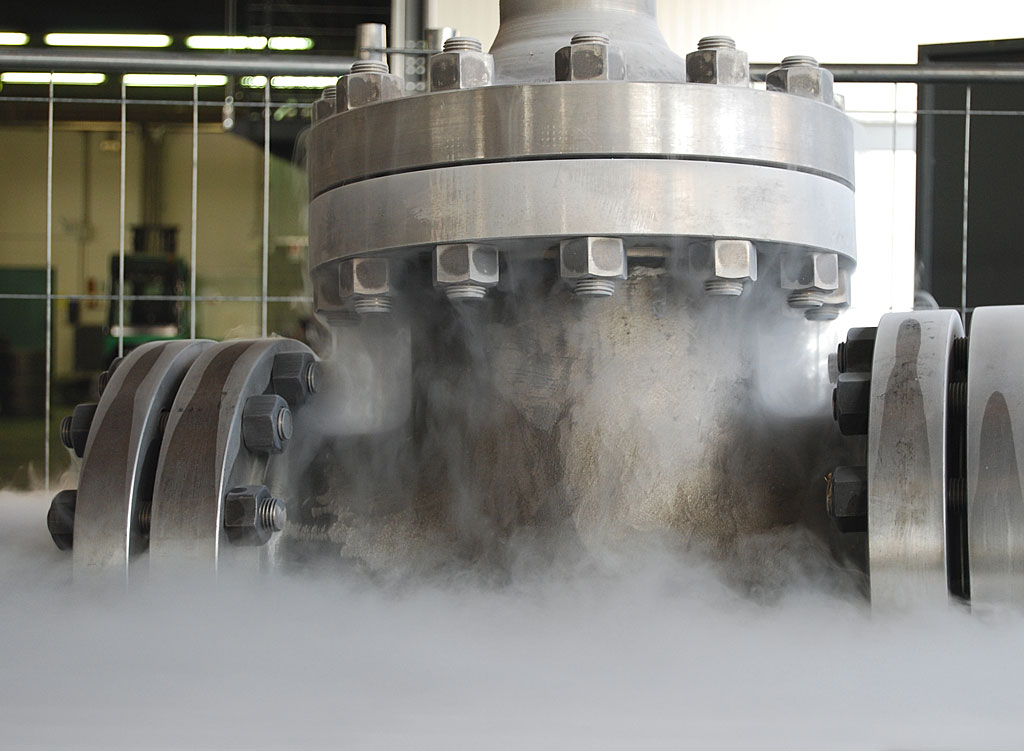Ball valves are used extensively in cryogenic services, but their design must be adapted for this duty. A main consideration in the design of these valves is the coefficient of thermal contraction of the seat ring material, which is normally higher than that of the stainless steel of the ball and valve body.

The seat rings shrink, therefore, on the ball at low temperatures and cause the operating torque to increase. In severe cases, the seat ring may be overstressed, causing it to split.
This effect of differential thermal contraction between the seats and the ball may be combated by reducing the installed prestress between the seats and the ball by an amount that ensures a correct prestress at the cryogenic operating temperature.
However, the sealing capacity of these valves may not be satisfactory at low fluid pressures if these valves also have to operate at ambient temperatures.
Other means of combating the effect of differential thermal contraction between the seats and the ball include supporting the seats on flexible metal diaphragms; choosing a seat-ring material that has a considerably lower coefficient of contraction than virgin PTFE, such as graphite or carbon filled PTFE; or making the seat rings of stainless steel with PTFE inserts in which the PTFE contents are kept to a minimum.
Because plastic seat-ring materials become rigid at cryogenic temperatures, the surface finish of the seatings and the sphericity of the ball must be of a high standard to ensure a high degree of seat tightness. Also, as with other types of valves for cryogenic service, the extended bonnet should be positioned no more than 45◦ from the upright to ensure an effective stem seal.
